- Home
- Latest News
- Embracing the power of forged metals at Hereford College of Arts new master programme
Embracing the power of forged metals at Hereford College of Arts new master programme
-
Published
11th July 2025
-
Share
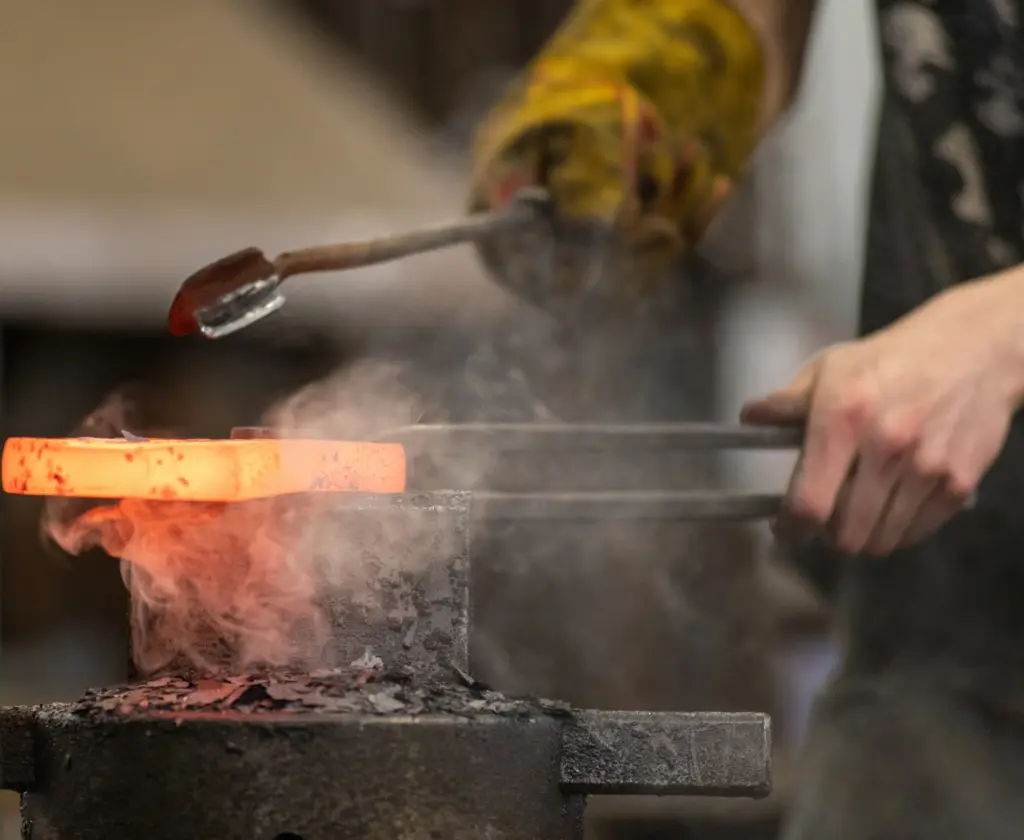
A new MA in Forged Metal Arts at Hereford College of Arts opens its doors to students this September. Tom Cubbin asks what we can expect from the programme and contemplates what the introduction of new theoretical perspectives might bring to the craft.
- Craftsmanship & Fabrication
- News
- Postgraduate
- Blacksmithing
- School of Materials & Design
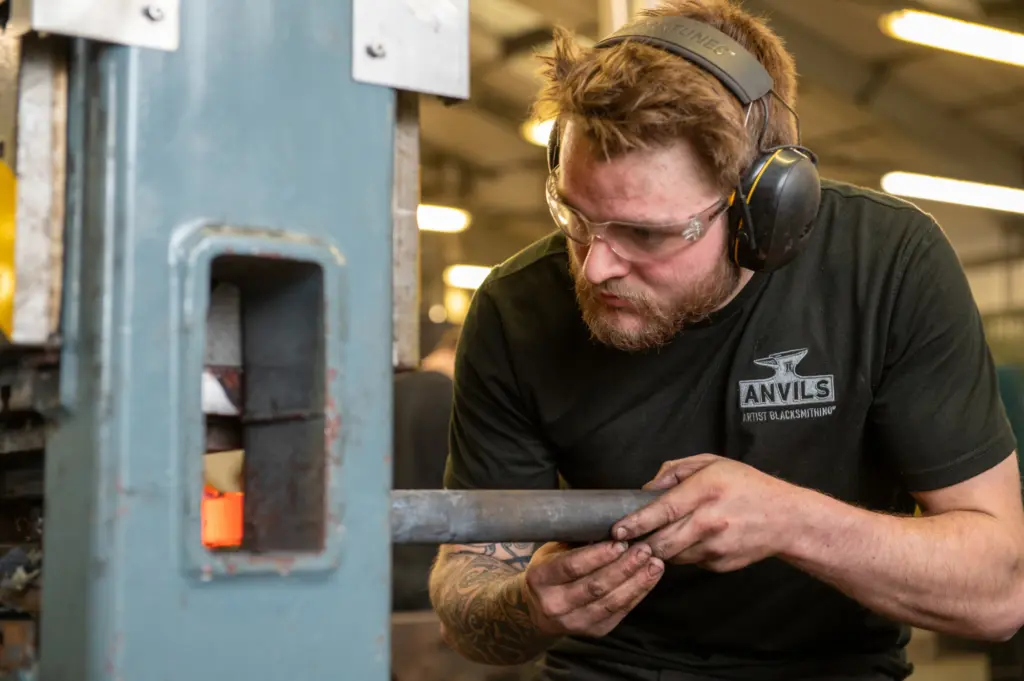
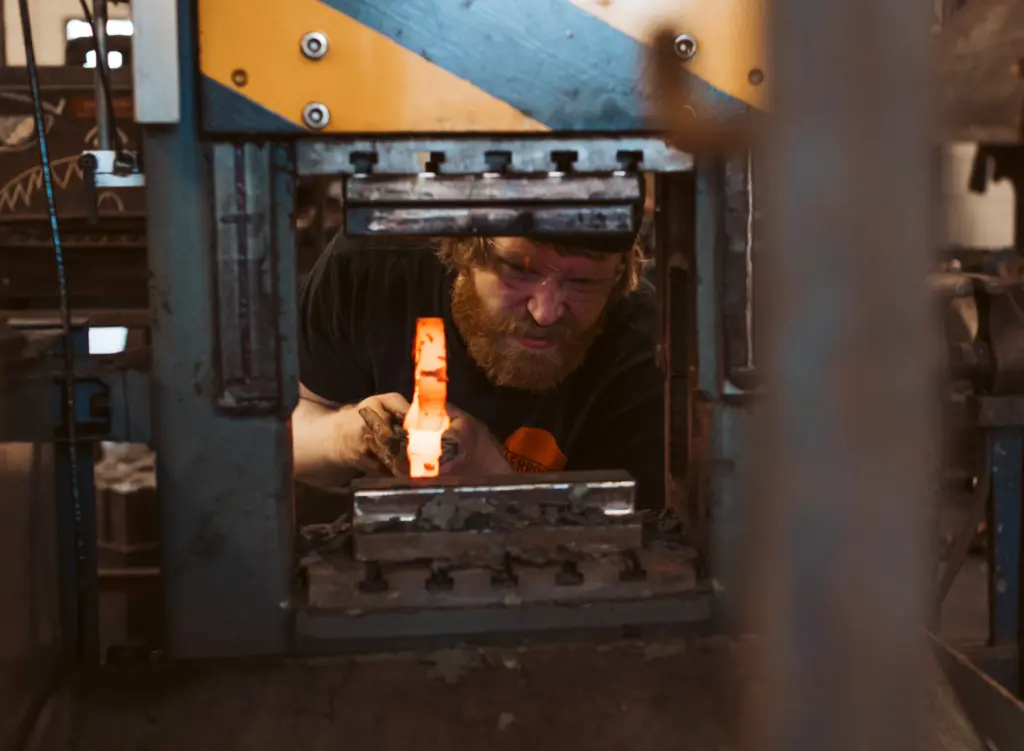
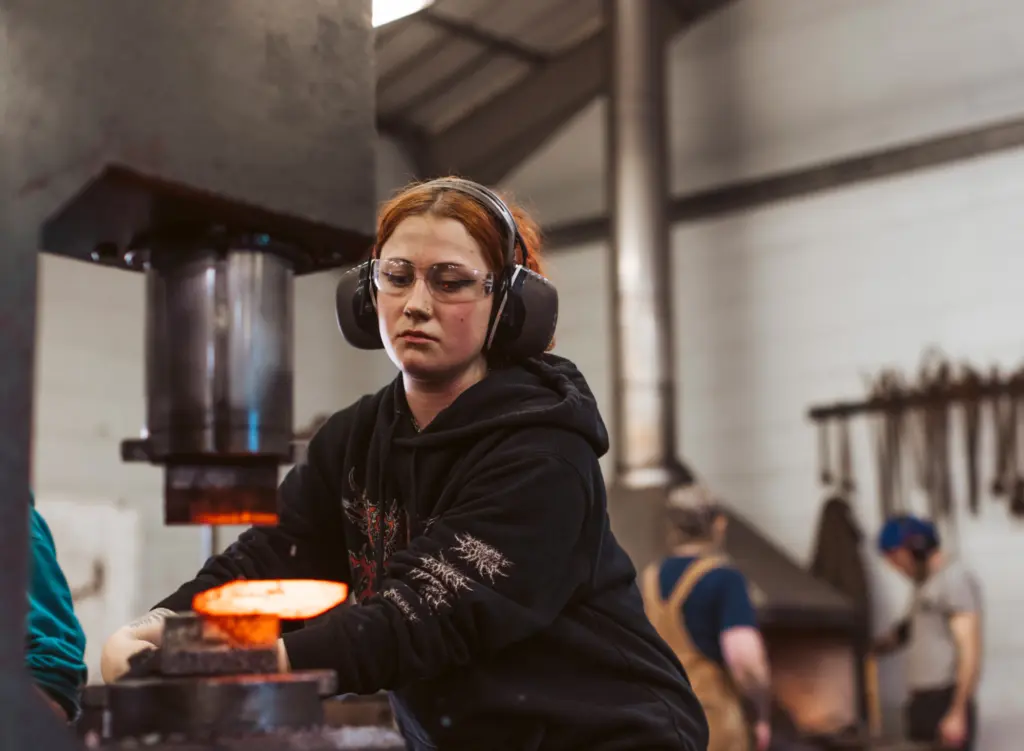
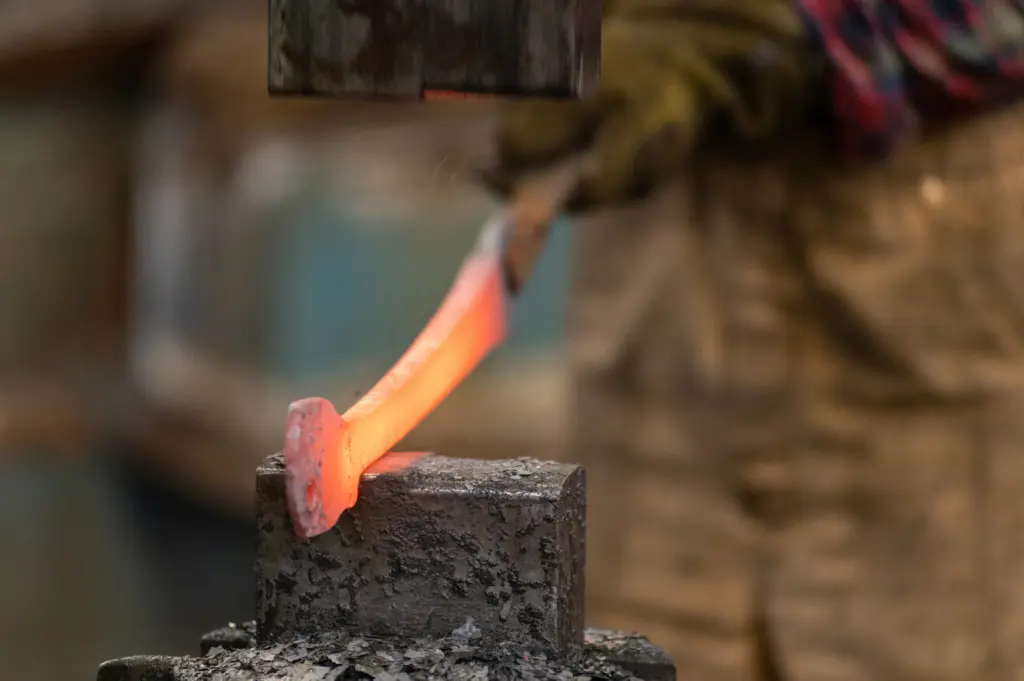
Related news

- News
- Prototyping and Physical Design
- Craftsmanship & Fabrication
- Awards
- Undergraduate
- Blacksmithing
- School of Materials & Design
Cameron Pearson wins New Designer of the Year award 2025
3 mins read time

- News
- Mixed Media
- Ceramics & Glass
- Craftsmanship & Fabrication
- Illustration
- Undergraduate
- School of Materials & Design
Linda Pitcher, Contemporary Crafts Graduate, featured in the Guardian.
1 min read time

- News
- Prototyping and Physical Design
- Craftsmanship & Fabrication
- Awards
- Undergraduate
- Blacksmithing
- School of Materials & Design
Q&A with Cameron Pearson - current BA(Hons) Artist Blacksmith student and winner of the Peter Rayner Bursary
5 mins read time

- News
Cameron Pearson receives Peter Rayner Bursary from the Worshipful Company of Blacksmiths
1 min read time